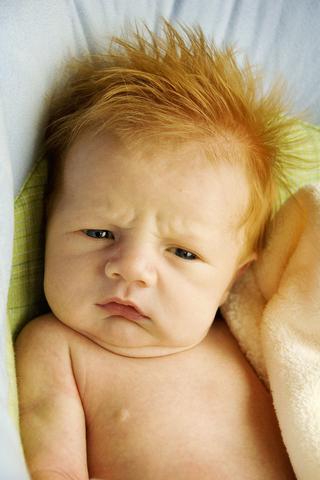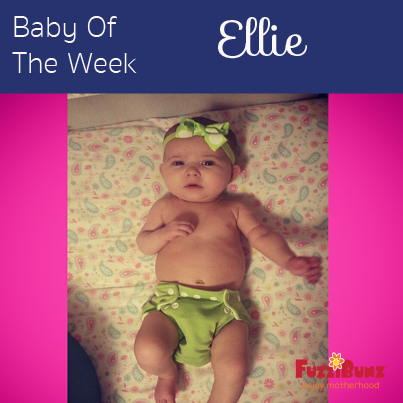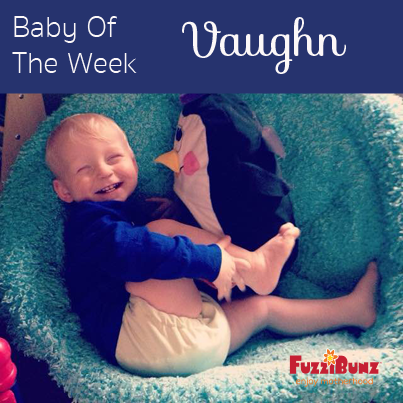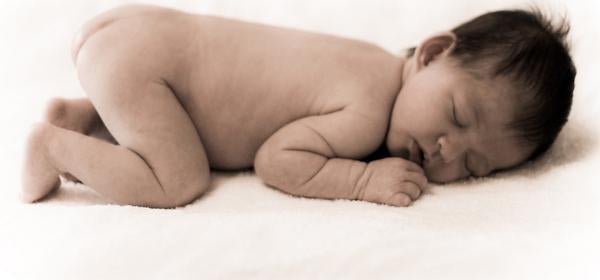What To Do With Cloth Diapers When Your Kids Grow Up
As much as we LOVE cloth diapers, there will come a day when you will no longer need them. I know that this is hard to accept.... please feel free to take a moment and breathe into a paper bag if you need to... I'll completely understand. Some day, our children will grow up and out of diapers, and we'll be left with empty shells and a pile of inserts possibly the size of that MegaBlox tower you and Jonny made last week. So what do you do with your once-amazing stash? Here are some ideas: 1. Pass them on to someone else Assuming that they are still functional, gifting them to someone who really needs them can ensure that the legacy of your cloth diaper stash will live on. Plus, it will make you feel super great knowing that you've lessened another parent's burden by offering the gift of earth-friendly diapering options! 2. Sell them to someone else Cloth diapers can be expensive, and if your diapers are still in great shape, it can be difficult to just give them away knowing that you could recoup a decent portion of what you paid for them initially. Even if they're in "well-loved" condition, you can often sell them for at least a few bucks each if they still work. The website www.diaperswappers.com is dedicated to all things cloth, and has a fantastic Marketplace where you can buy/sell/trade your cloth diapers, accessories, even mama cloth! You can also try selling them on your local Craigslist site, or on Ebay, or consigning them at your local children's consignment shop. 3. Donate them to a charity. There are quite a few organizations that collect new and used cloth diapers to bring overseas to third-world countries and to assist in disaster-stricken areas of the world where babies and young children are most at risk for disease and infection. There are also plenty of diaper banks and organizations in North America which aim to help low-income families make healthy choices for their children. One of these, www.givingdiapersgivinghope.org is a wonderful organization accompanied by Kim Rosas of http://dirtydiaperlaundry.com/. According to the website, "we process about 10-20 applications and ship 8-15 packages of diapers to families a week." Wonderful!! If you are interested in donating locally, you can go to http://nationaldiaperbanknetwork.org/ndbn-php/diaperbank_find.php to find out if there is one near you. 4. Use 'em as rags Yes, you heard me. All of those old, hole-y, super thin pre-folds and flats, and all of those crunchy microfiber inserts that you don't want to use anymore (or can't because the pee just shoots out every time you try) can be used quite effectively as dust rags, oil rags, spill rags, and whatever other type of rag you want to use them for. And why not? They sopped up pee and poop, right? Why not dust and juice, too? 5. Compost them If your diapers are made of natural materials like cotton or hemp, you can put them right in your compost bin, where they will break down and become part of your beautiful landscape! As an added bonus, you can even put them in the compost with urine in them, as urine is a rich source of nitrogen which is necessary for good compost. There are a plethora of uses for old cloth diapers, and what is listed here is just a few of the most common. What else have you used them for? ~ Lindsay Lewis





